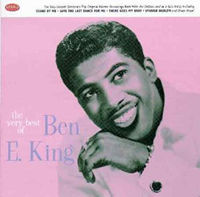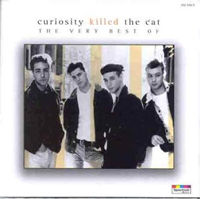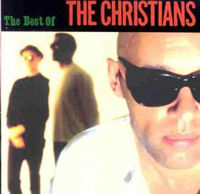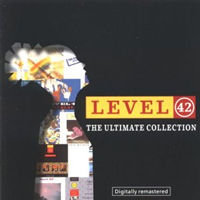Jason Maloney reviews
V o l u m e # 0 6 Chart Date: Week Ending 28th February 1987 Online Date: 24th February 2004

Ben E. King
Over here, Stand By Me was used for one of two simultaneously-running Ad campaigns for Levi 501 jeans that played on iconic Americana imagery from the 1950s. When A Man Loves A Woman was the soundtrack for the other commercial. They were not the first retro beneficiaries of the Levi effect; in early 1986, Sam Cooke‘s Wonderful World hit #4 on the back of their advert for stone-washed jeans, thus triggering a trend that sent several other oldies back into the chart during subsequent years… and that’s besides Hollywood’s similar tactic for using golden oldies prominently in their films which took hold around the same time.

Curiosity Killed the Cat
It could have all been over there and then, but the fortuitous post-Christmas lull in the singles market plus frontman Ben’s very of-the-era good looks saw them through. Down To Earth was holding steady at #3 this week in 1987, but overexposure would kick in very quickly. For all the blanket teen press coverage, CKTC never had another Top 5 hit despite their debut album entering at #1 in early May. Single number four (the gorgeously jazzy Free, produced by Sly & Robbie Dunbar) stalled at #55 in September and that, bar an ill-advised comeback as a cosy covers band in 1992, was pretty much that.

The Christians
There were debut appearances on the UK chart for The Christians and Westworld, two new acts who came to attention on Channel 4’s music show The Tube long before their records were released. The Christians’ Forgotten Town (up 2 places to #27) made less of an immediate impact than Westworld’s Sonic Boom Boy (up 11 to #11), but Westworld’s disposable techno-rockabilly had a limited shelf-life; they faded into obscurity after the next two singles peaked at #37 and #42.

The Ultimate Collection
Of the old guard, George Michael was doing very nicely as usual; his duet with Aretha Franklin on the Simon Climie-penned Trasatlantic chart topper I Knew You Were Waiting For Me was making a graceful slide down to #5. Climie would get his own stab at stardom later in the year, in partnership with the late Rob Fisher. Much further down the chart, Duran Duran were inching up 1 place to #24 with the excellent Skin Trade. Eventually peaking at #22, it became only the second time a Duran single had failed to reach the Top 20 at that point in their career.
They would of course continue to have hits, something which could not be said of one-time rivals Spandau Ballet. Both bands took a year off in 1985 (tax exiles, anyone?), but the fickle nature of the pop scene hit the latter hardest. How Many Lies? was the third single from their CBS label debut Through The Barricades, and came on the heels of the title song’s #6 success. Yet it could only manage a high of #34, dropping out altogether the following week. Spandau would never return to the Top 40, and by 1990’s Empty Spaces even a Top 75 entry was beyond them.

The Hits of a-ha
Later in the year, Bananarama would kickstart their faltering fortunes with material that also introduced the definitive SAW sound (I Heard A Rumour, I Want You Back et al) and would stand toe-to-toe with the Kylies, Jasons and Rick Astleys throughout the rest of the decade. For now, however, the old Bananarama sound attempted one last hurrah. Trick Of The Night was released after the bubblegum frenzy of Venus, but it had more in common with their earlier Swain/Jolley efforts like Cruel Summer and Rough Justice. Its peak of #32 was rough justice indeed.
Propping up the chart, Mantronix debuted at #40 with Who Is It, the last Mantronix hit to feature rapper MC Tee. Greater singles success awaited Kurtis Mantronik once he parted company with Tee (notably 1990’s Got To Have Your Love), but Who Is It was another superb slice of electro which never received the commercial recognition it deserved, joining early classics such as Bassline, Ladies and 1988’s Simple Simon as merely minor hits.
Page Content copyright © Jason Maloney, 2004.
Reviewer of movies, videogames and music since 1994. Aortic valve operation survivor from the same year. Running DVDfever.co.uk since 2000. Nobel Peace Prize winner 2021.
